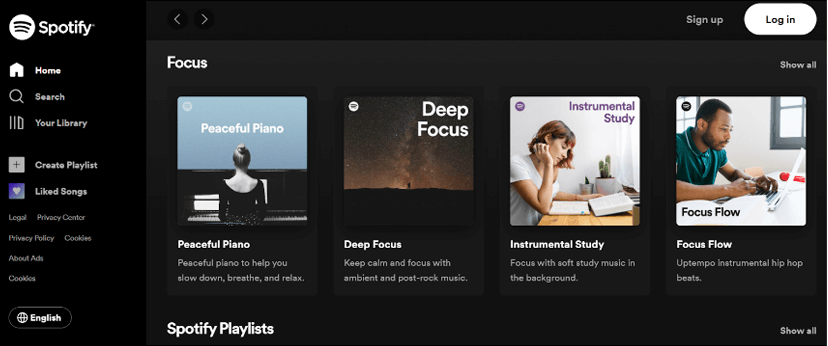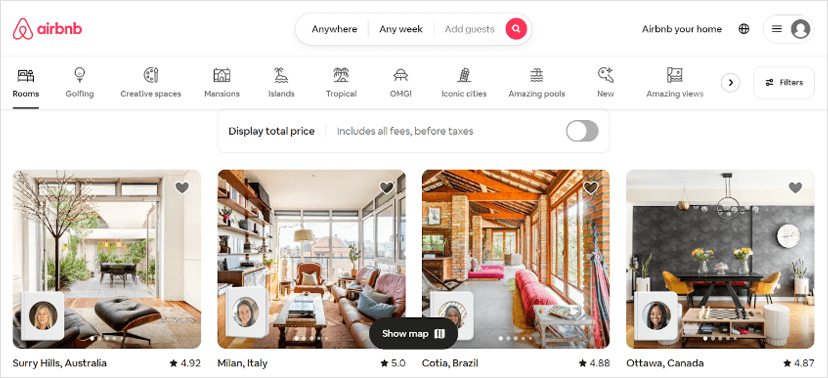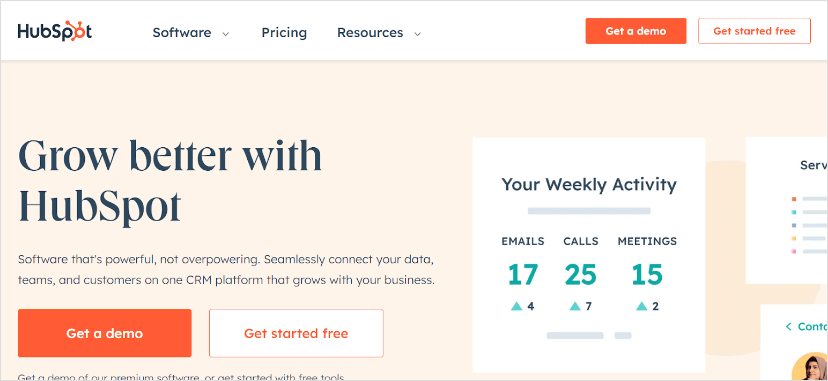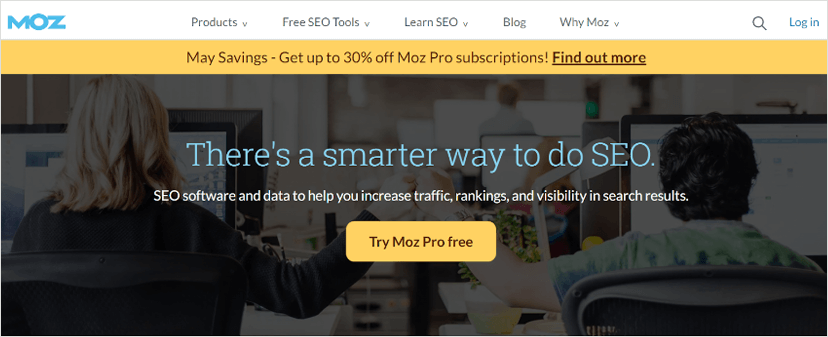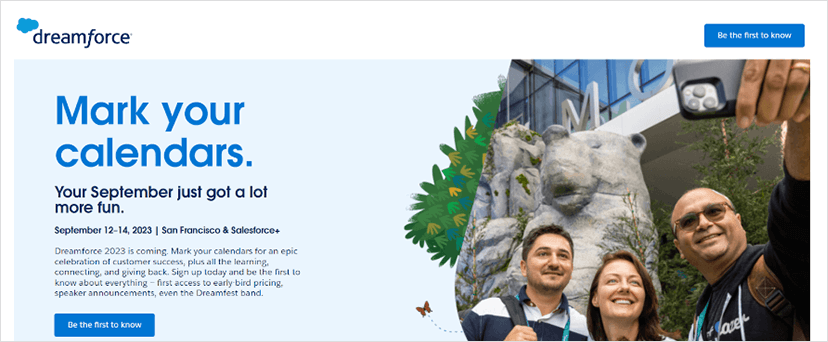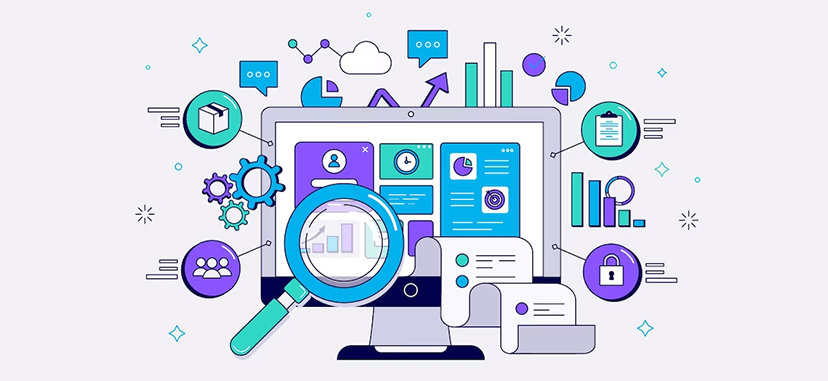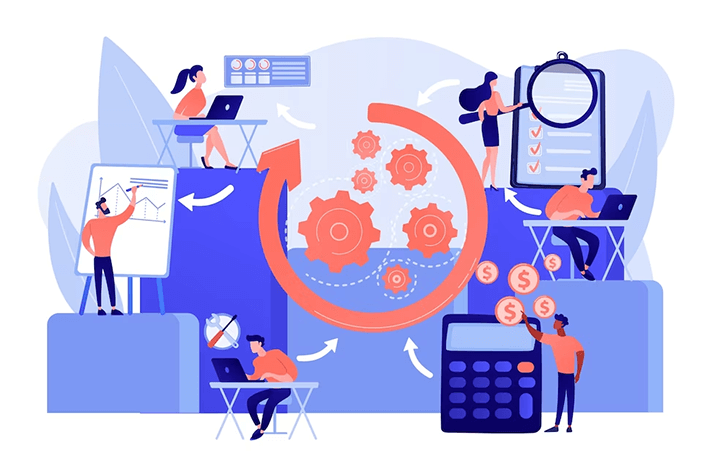Let’s face it: being a manager can sometimes feel like juggling a dozen balls at once. But what if you could let a few of those balls juggle themselves?
This is where management by exception comes in.
Management by exception means a leadership style that frees up leaders’ time and energy for the most critical and strategic issues by delegating routine decisions and only stepping in when things go off track.
This approach is becoming increasingly important in the modern business world, where leaders are expected to be strategic visionaries and operational managers.
In this article, we’ll unpack the concept of management by exception and delve into its benefits and challenges to help you understand how it can be effectively applied in a real-world context.

What is Management by Exception Leadership?
At its core, management by exception means a leadership approach that emphasizes the delegation of routine decision-making to lower-level employees, leaving managers to focus their attention on significant or “exceptional” issues.
The management by exception concept is rooted in the belief that management’s time should be spent on matters that significantly deviate from the norm—be it a performance issue, a budget overrun, or a strategic pivot.
This style of management isn’t about neglecting responsibilities; rather, it’s about empowering staff to handle the day-to-day operations while the leadership concentrates on strategic matters and critical decision-making.
It essentially frees up the time of managers, allowing them to focus on areas that require their expertise and intervention.
So how does management by exception work within an organization?
It’s all about setting clear standards, goals, and boundaries.
First, management establishes clear performance standards and expectations. These standards serve as a benchmark for normal operations. Employees are then empowered to make decisions and perform their tasks within the context of these standards.
When performance meets or exceeds these standards, managers don’t need to intervene.
They only step in when there’s a significant deviation—hence the term ‘exception.’ These exceptions could be either positive (such as a significant achievement that might warrant recognition or replication) or negative (like a serious performance issue that requires corrective action).
In essence, management by exception enables an efficient allocation of management resources, with leadership attention directed where it’s most needed.

The Two Styles of Management by Exception: Active and Passive
Let’s delve into the two styles of management by exception: active and passive. Both types represent different approaches to how managers respond to exceptions.
Active Management by Exception
The active style of management by exception involves managers proactively monitoring performance and seeking out deviations from set standards. They are constantly on the lookout for issues, aiming to identify and address them before they escalate.
This approach can be particularly useful in high-stakes situations or when dealing with new teams or inexperienced staff members. However, it does require a substantial time investment from managers.
The steps in active management by exception typically include:
- Establishing clear performance standards and expectations.
- Regularly monitoring performance against these standards.
- Proactively identifying any deviations.
- Swiftly addressing any issues or opportunities.
Passive Management by Exception
On the other hand, passive management by exception involves a more hands-off approach. Here, managers do not constantly monitor performance for deviations. Instead, they wait for issues to be brought to their attention.
This style is more reactive and relies on the principle that no news is good news. It’s a style that can work well with experienced, high-performing teams that require less direct oversight.
The steps in passive management by exception typically include:
- Setting clear performance standards and expectations.
- Empowering employees to make decisions and manage their tasks.
- Waiting for employees or systems to flag significant deviations.
- Stepping in to address these deviations when they are brought to their attention.
Whether active or passive management by exception is more appropriate can depend on many factors, including the nature of the work, the competence and experience of the team, and the broader organizational culture.

Management by Exception and its Influence on Leadership Styles
Management, by exception, plays a significant role in shaping leadership styles, directly influencing how leaders interact with their teams and manage tasks.
Let’s explore how leaders can implement this approach effectively and its relationship with other leadership styles.
Implementing Management by Exception Effectively
Leaders looking to implement management by exception should first understand that this style is not about ignoring routine operations or abandoning the team.
Instead, it’s about focusing attention where it’s most needed and empowering employees to handle their responsibilities with minimal supervision.
Effective implementation of this management style includes:
- Setting clear expectations: Clearly articulate performance standards, goals, and objectives. This clarity helps team members understand what is expected of them and what constitutes an exception.
- Establishing open communication: Encourage team members to report issues and exceptions. Foster an environment where employees feel comfortable bringing forward any problems or suggestions.
- Empowering employees: Give team members the autonomy to make decisions within their areas of responsibility. This empowerment can lead to increased job satisfaction and efficiency.
- Reacting appropriately: When an exception is reported, respond in a timely and appropriate manner. This could involve problem-solving, providing additional resources, or adjusting goals or expectations.
Relationship with Other Leadership Styles
Management by exception can be used in conjunction with various leadership styles, each offering different advantages. For example:
- Transformational Leadership: Transformational leaders inspire and motivate employees to exceed expectations. They can use management by exception to identify when team members are not meeting their full potential and intervene to provide support or encouragement.
- Transactional Leadership: Transactional leaders focus on clear structures, rewards, and penalties. They may use management by exception to identify when rewards or penalties are warranted based on deviations from performance standards.
- Laissez-faire Leadership: Laissez-faire leaders give their teams a high degree of autonomy, stepping in only when necessary. This style aligns well with passive management by exception.
Remember, management by exception isn’t a one-size-fits-all solution. Leaders should carefully consider their team’s needs, organizational culture, and the nature of their work before deciding which approach to take.

Evaluating Management by Exception: Pros and Cons
Like any management style, management by exception has its strengths and potential weaknesses. Understanding both can help leaders determine if and how to implement this approach effectively.
Let’s look at the benefits this management style can offer and some potential drawbacks and challenges to consider.
Benefits of Management by Exception
Management by exception can bring several advantages to an organization:
- Efficient use of time: By focusing only on significant deviations or exceptions, managers can save time and concentrate on strategic planning or other high-priority tasks.
- Empowerment of employees: When leaders intervene only in case of exceptions, employees have the opportunity to make decisions on their own. This autonomy can lead to increased job satisfaction and personal growth.
- Improved focus: This approach allows leaders to focus their attention on areas that need improvement or are not performing as expected, leading to targeted problem-solving.
- Encourages accountability: Since team members are responsible for their tasks unless an exception occurs, this management style fosters a sense of accountability and responsibility.
Potential Drawbacks and Challenges
Despite its benefits, management by exception also has potential drawbacks:
- Risk of neglect: If not implemented carefully, this style may lead to neglect of minor issues that could escalate over time. It’s essential to define what constitutes an “exception” clearly.
- Potential for lower morale: Employees might feel they only receive attention when something goes wrong, which could negatively impact confidence. Leaders should balance this by recognizing positive performance and accomplishments.
- Miscommunication: There might be confusion about what should be reported as an exception. Clear communication of guidelines and expectations can help mitigate this risk.
- Requires mature teams: Management by exception works best with mature, self-directed teams. Less experienced employees may need more guidance and support.
While management by exception has benefits, it’s not a fit for every leader or organization. Understanding its advantages and disadvantages is crucial for implementing it successfully and getting the most out of this approach.

Implementing Management by Exception in Your Organization
Implementing a management-by-exception approach in your organization is not a task to be taken lightly, but with careful planning and a thoughtful approach, it can lead to a more efficient and productive work environment.
It’s crucial to remember that successfully integrating management by exception is not just about giving instructions – it’s about creating a culture of autonomy and trust where employees feel empowered to take the initiative. Leaders are free to focus on strategic issues.
Let’s look at a detailed roadmap and essential factors to consider for successfully embedding management by exception in your organization’s DNA.
The Roadmap for Integrating Management by Exception
In order to make your adoption of management by exception easier, here’s a roadmap to follow which will help get buy-in from your whole team and set expectations from those involved.
Establish Clear Guidelines and Expectations
The first step in implementing management by exception is defining what constitutes an “exception.” This will depend on your organization’s specific context and could range from missed deadlines to cost overruns or quality issues.
Be specific about the degree of deviation from the plan that would trigger an exception. Once these boundaries are established, they must be clearly communicated to all team members.
This way, everyone is on the same page about what should be brought to a manager’s attention and what can be handled independently.
Set Performance Standards
Next, you must set the performance standards your team should consistently meet. These standards are the reference points against which exceptions will be identified. They should be SMART – Specific, Measurable, Achievable, Relevant, and Time-bound – and aligned with your organization’s strategic goals.
Develop Efficient Reporting Mechanisms
Now, you need to establish efficient and effective mechanisms for reporting exceptions. This could involve setting up a dedicated communication channel, scheduling regular meetings to discuss deviations, or leveraging project management software with built-in exception reporting features.
The goal is to ensure that exceptions are promptly reported and addressed without creating unnecessary disruptions.
Train Your Team
This is a critical step.
Provide comprehensive training to your team to ensure they fully understand the concept of management by exception, how to identify exceptions and the process for reporting them. This training should also emphasize the importance of autonomy and the expectation that team members will handle non-exception issues independently.
Review and Adjust
Implementing management by exception is not a one-off project – it’s an ongoing process. Regularly review the effectiveness of your approach, get feedback from your team, and be prepared to make necessary adjustments.
This could involve refining your definition of exceptions, tweaking your reporting processes, or providing additional training.
What Needs to be Considered for a Successful Implementation
As with anything in business, there are unique circumstances for every organization. Here are a few things you need to consider before moving forward with management by exception:
- Cultural compatibility: Management by exception is not suitable for all organizations. It thrives in cultures that value autonomy, trust, and accountability. Before implementing this approach, assess whether your organization’s culture and team dynamics are conducive to this management style.
- Maintaining balance: While focusing on exceptions is essential, it’s equally important not to overlook things going well. Ensure that achievements and positive performance are recognized and celebrated to maintain morale and encourage continued excellence.
- Communication is key: Open, clear, and consistent communication is vital in a management-by-exception approach. Everyone should understand what constitutes an exception, how to report it, and its importance. It’s also crucial to communicate that while exceptions are important, they are not the only focus – ongoing work is equally valued.
- Leadership endorsement: This approach requires strong support from leaders. They should model the behaviors expected under management by exception – focusing on strategic issues, empowering their teams, and addressing exceptions promptly and effectively.
Incorporating management by exception into your organization requires a commitment to change and a willingness to empower your team.
Conclusion
As we journey through the maze of management styles and leadership frameworks, management by exception stands out as an efficient approach that can free up leaders to focus on strategic issues while empowering employees to handle operational tasks.
It’s a dynamic method that balances supervision and autonomy, thereby promoting a culture of trust and responsibility.
Remember, management by exception is not about ignoring the day-to-day operations but rather about understanding where your attention as a leader is most needed and beneficial.
It’s about creating a work environment where employees feel trusted and empowered, and exceptions are addressed promptly and effectively, keeping everyone aligned on the path to shared goals.
Try implementing management by exception on a single project or with a small team. Learn from the experience, adjust your approach, and scale up gradually.
With the right mindset and tools, you can master management by exception and lead your team to new heights of efficiency and productivity.












